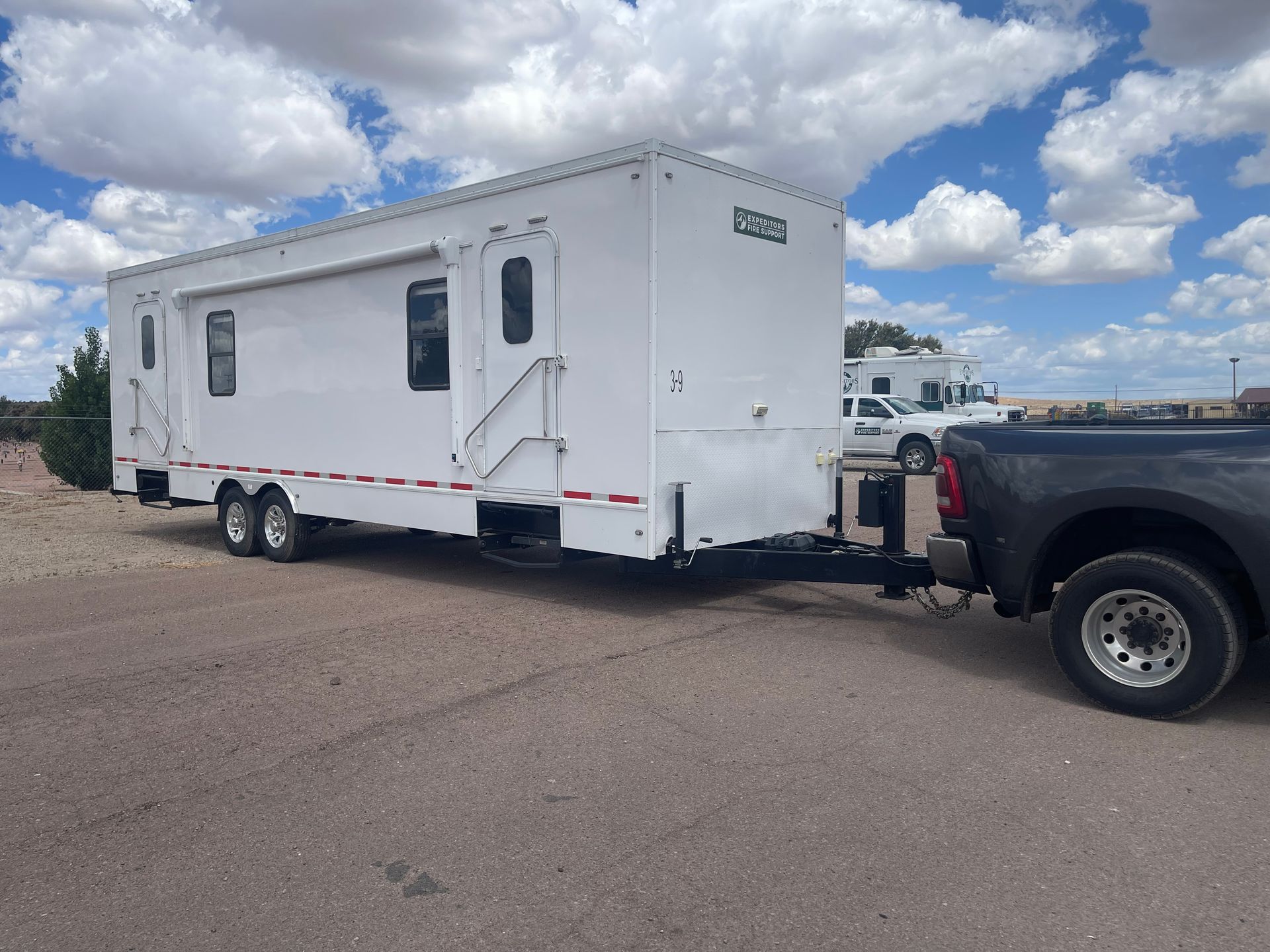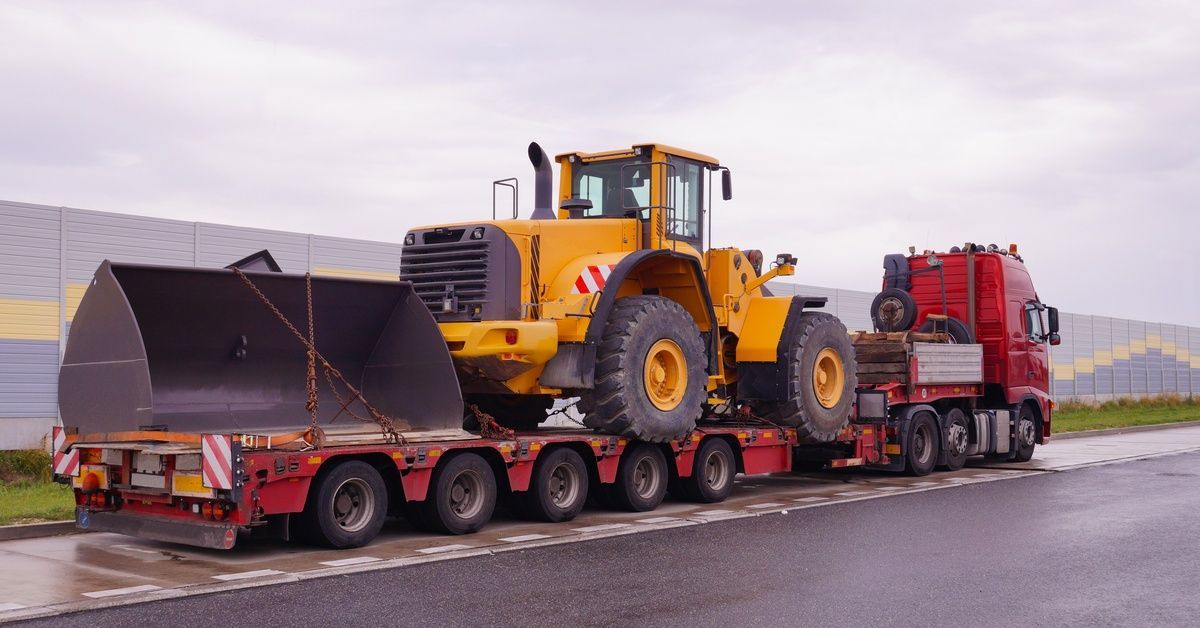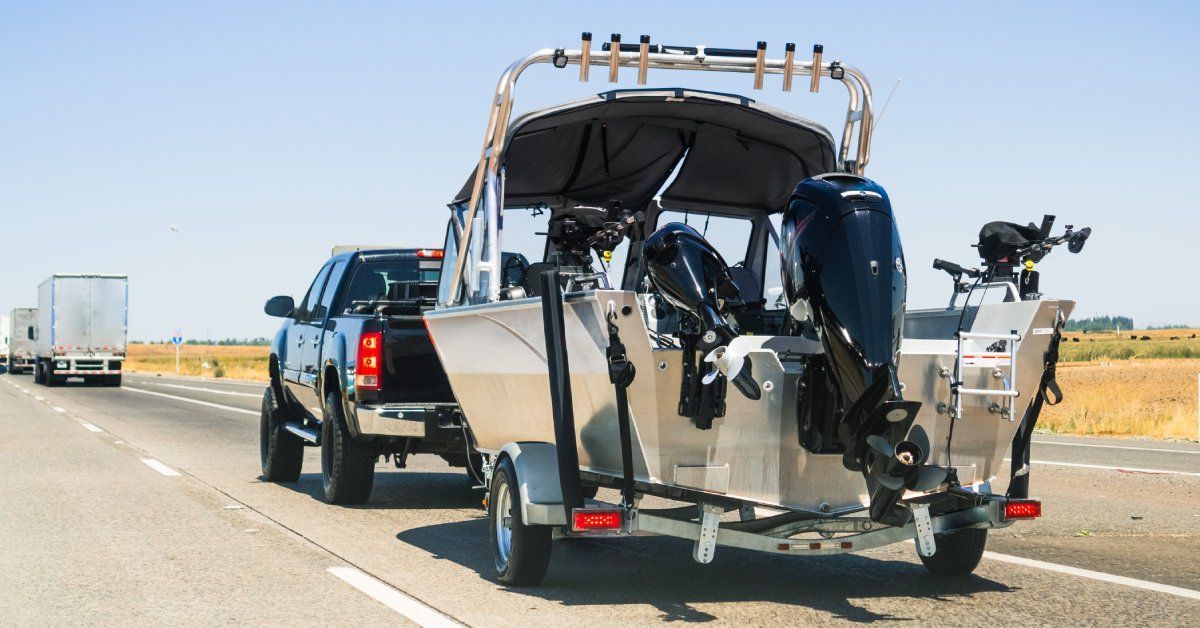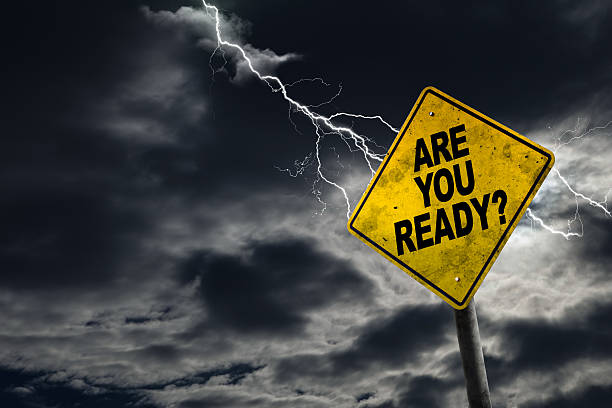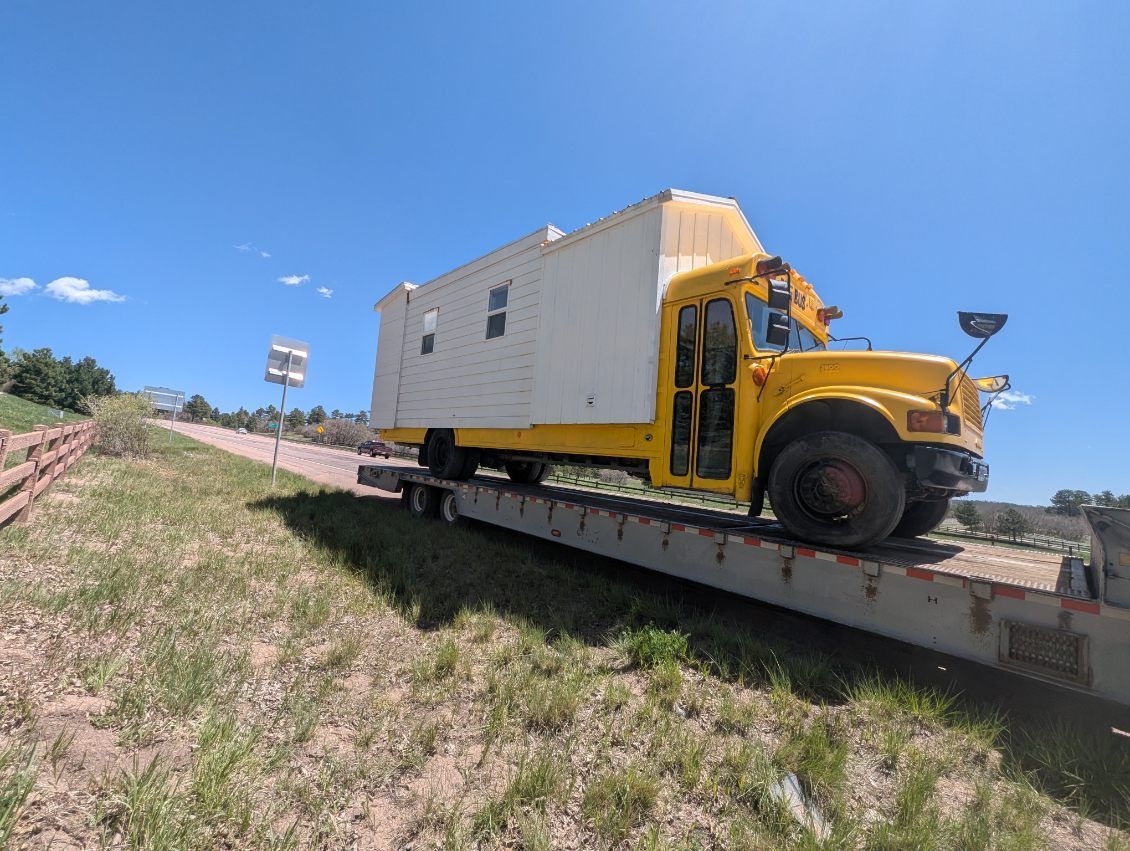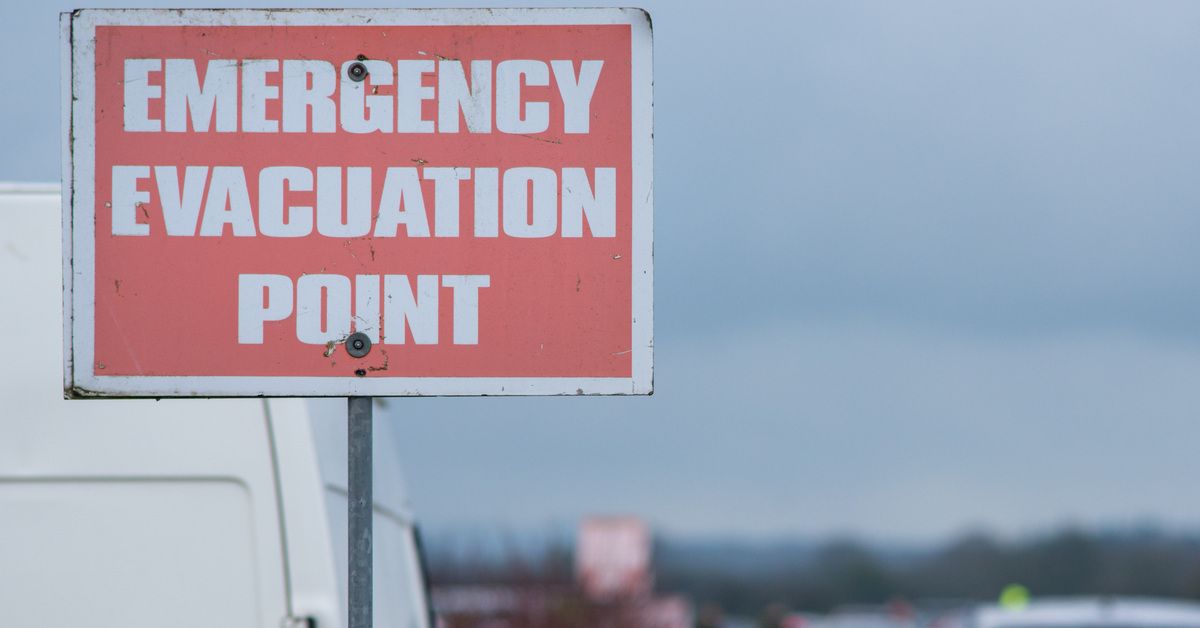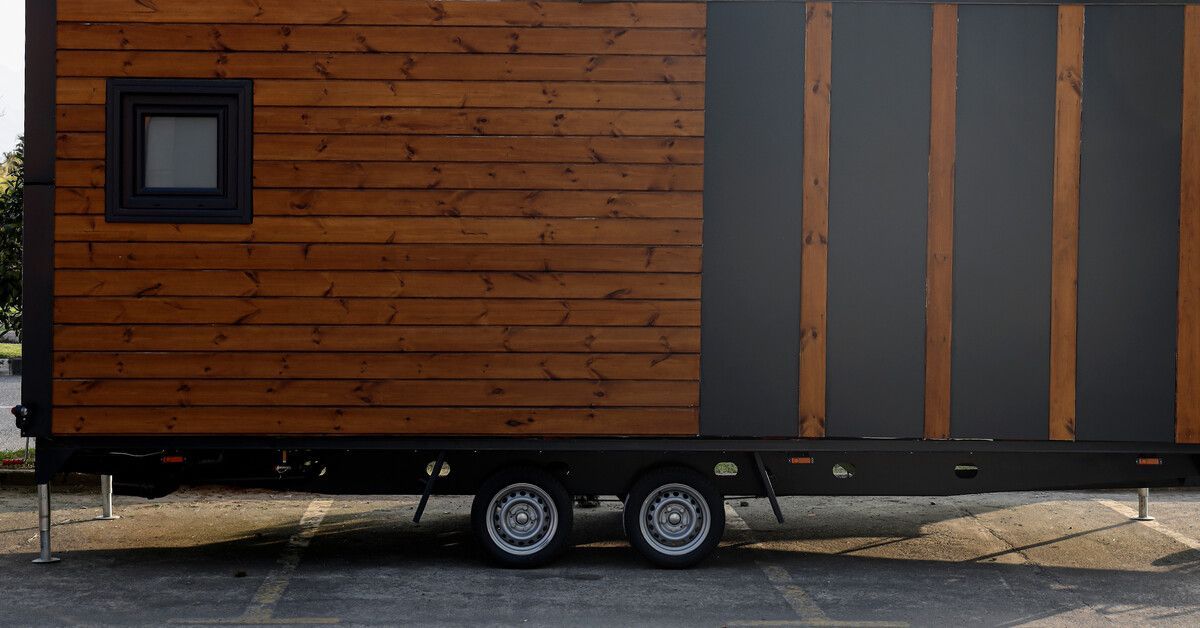What’s the Best Way To Transport a Water Tank?
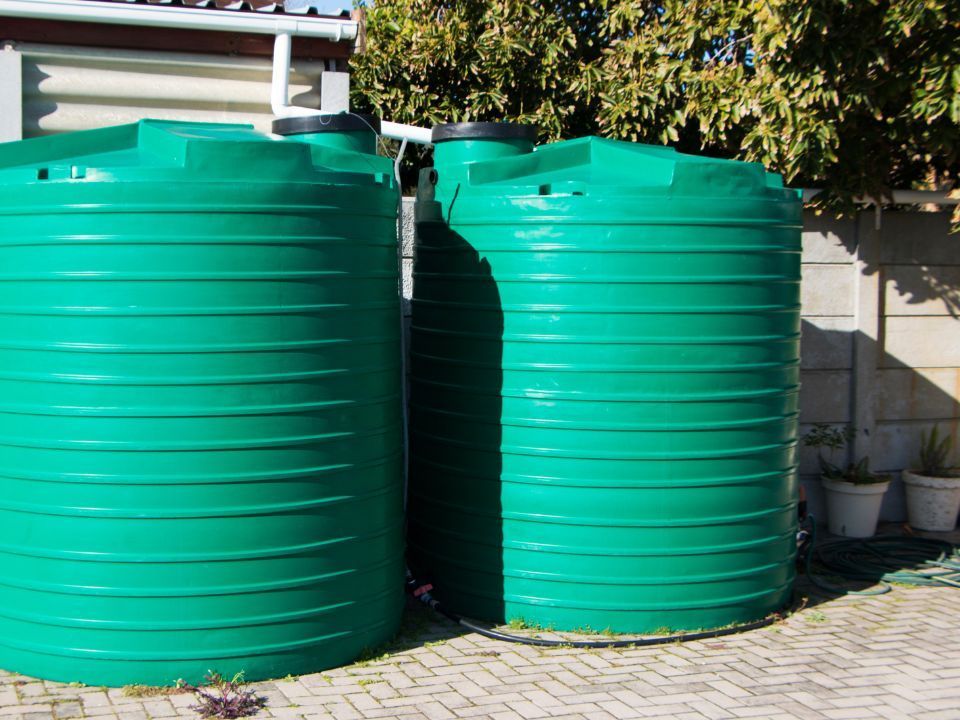
When you’re transporting heavy equipment, it’s essential to understand best practices and safety protocols. Choosing the wrong trailer or improperly securing the item can result in dangerous consequences. If you’re wondering about the best way to transport a water tank, continue reading to learn some important guidelines.
Appropriate Equipment
When you’re transporting an extremely large load, such as a water tank, you must ensure you’re using the appropriate equipment. You’ll need to match the haul with the proper trailer and tie-downs. You’ll also need to verify the equipment is in good condition and well-suited for transport.
Accurately securing the cargo is paramount for a successful journey. You’ll need chains, straps, and other restraints to secure the water tank tightly. While you’re driving to your destination, it’s necessary to regularly check the tension; you don’t want any restraints coming loose as you drive on uneven or bumpy roads.
Proper Weight Distribution
Weight distribution is very important when it comes to the best way to transport a water tank or any other oversized load. Before you start driving, confirm that the water tank is properly balanced on the trailer.
An unbalanced load can cause the trailer to tip over or slide around during transit. To ensure your safety and the safety of other motorists, pay special attention to how the weight is distributed. As mentioned above, you’ll also need to make sure the trailer you use can comfortably handle the weight of the water tank.
Route Planning
When you’re transporting heavy equipment, it’s necessary to plan your route ahead of time. With such a large load, you must consider height restrictions, bridge weight limits, and general road conditions.
Additionally, familiarize yourself with your state’s required permits or regulations for oversized or overweight cargo. If you’re traveling across multiple states, be sure to learn the rules for each region.
Defensive Driving
Driving a large truck with a wide trailer is much different than driving a passenger vehicle. As such, it’s important to drive defensively to keep yourself and other drivers safe. Namely, your stopping distance will increase when you’re hauling heavy cargo. It’s imperative that you maintain a safe distance between your truck and the vehicle in front of you.
To make the drive as safe as possible, be sure to anticipate stops and do your best to avoid sudden maneuvers and sharp turns. The actions of other motorists are unpredictable, so it’s essential to be aware and practice safe driving.
One Call Logistics is a national transport company committed to going the extra mile for our customers. We can help you transport heavy equipment, including water tanks, in a safe and effective manner. Contact us today to learn how we can help.
